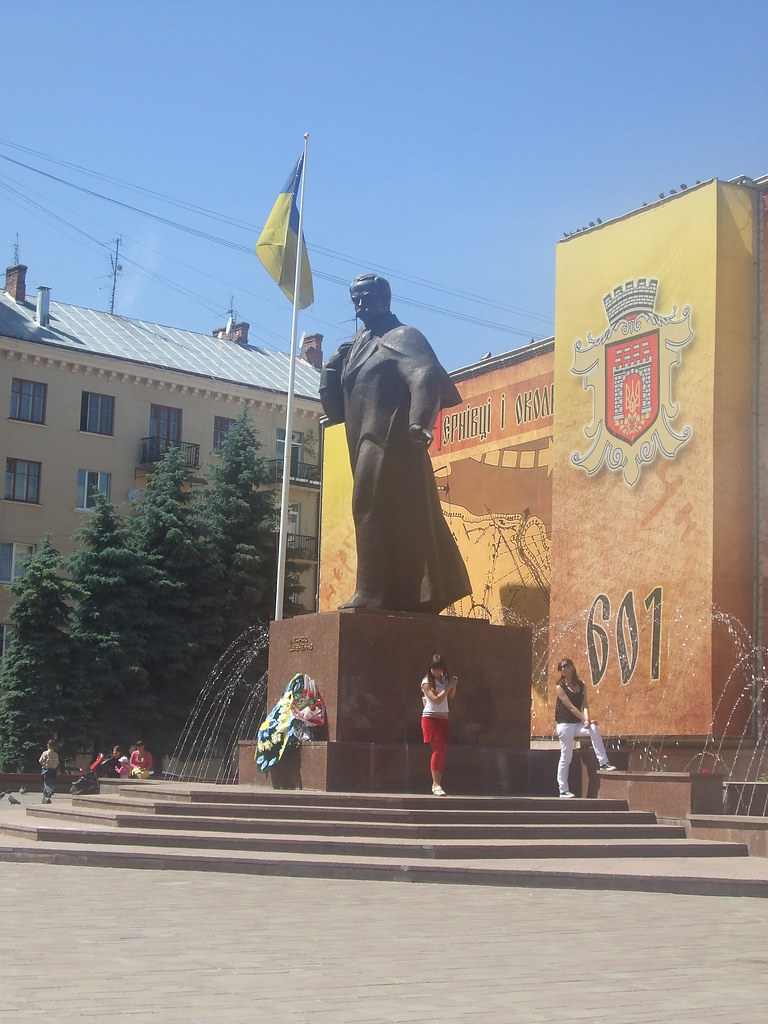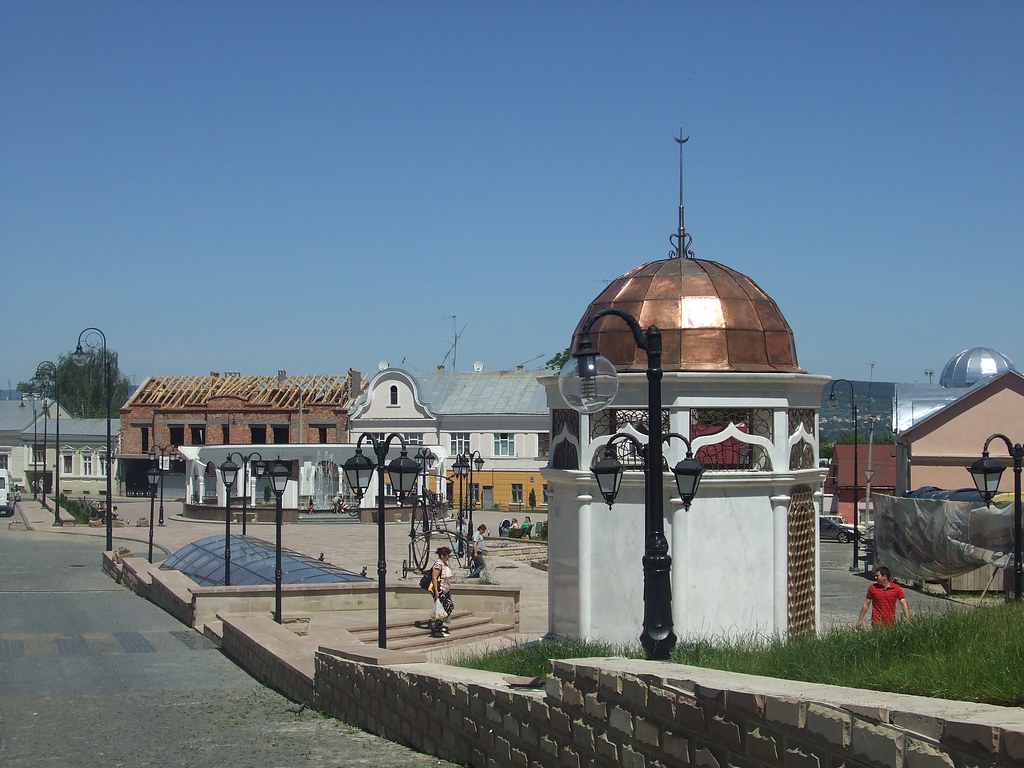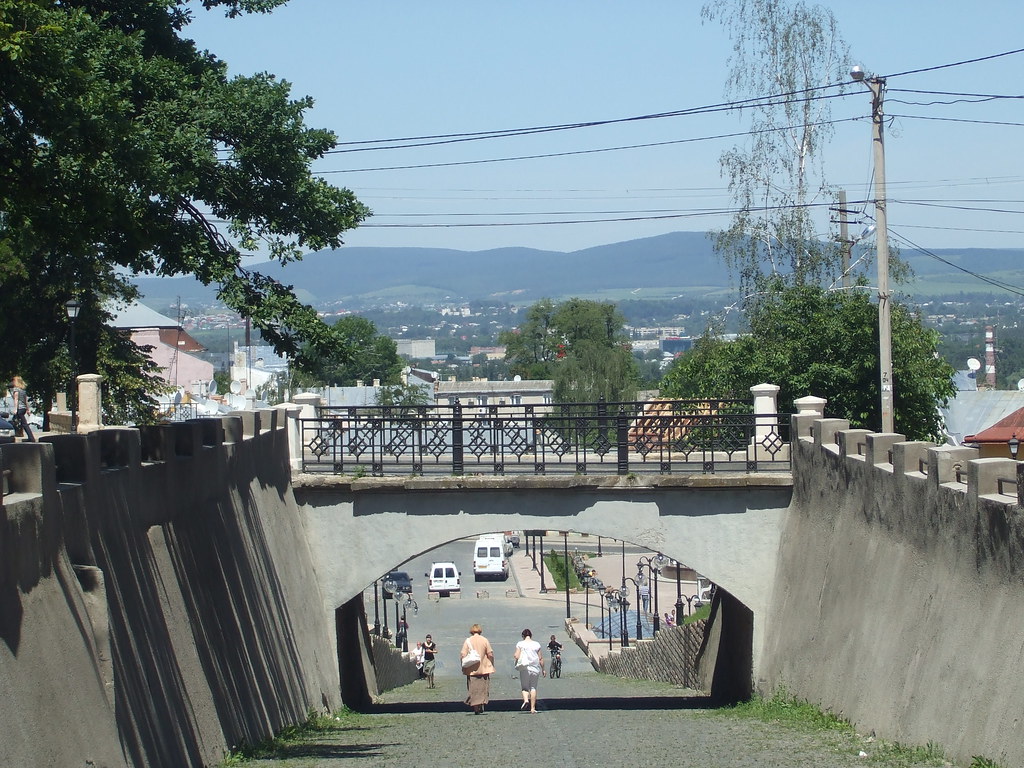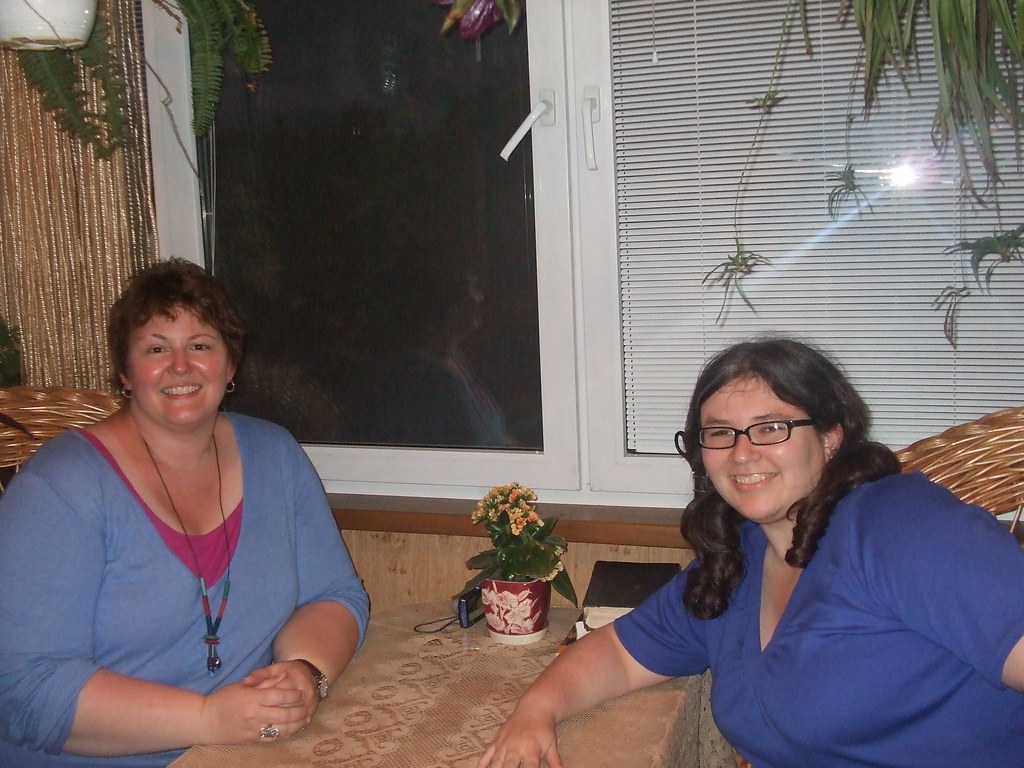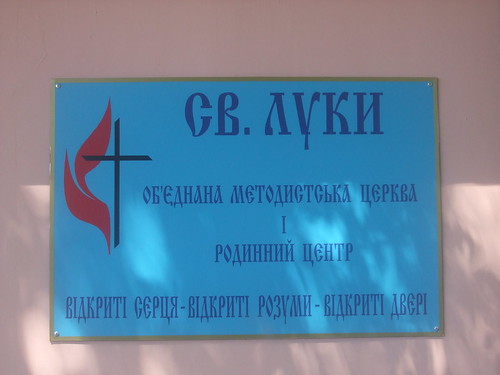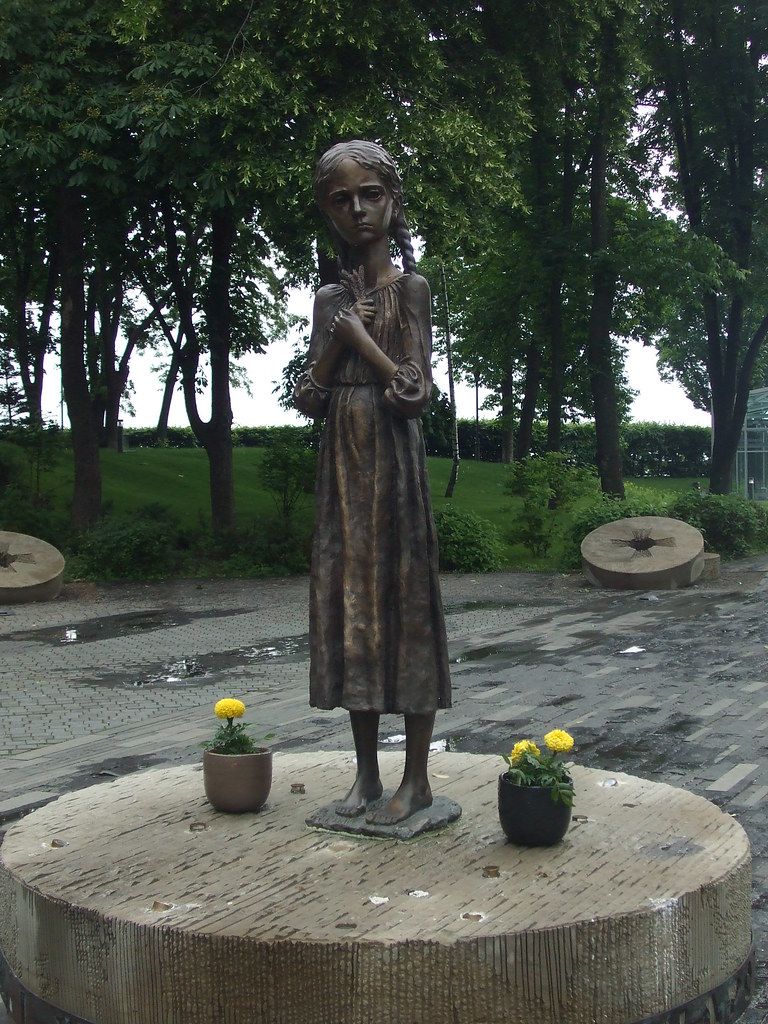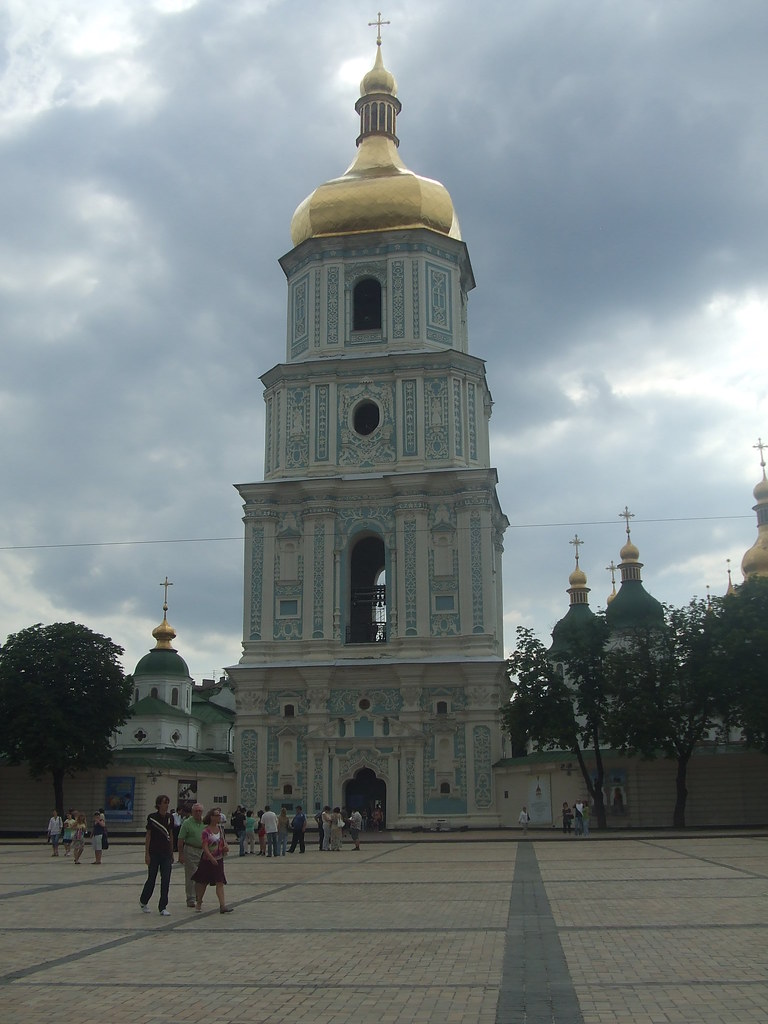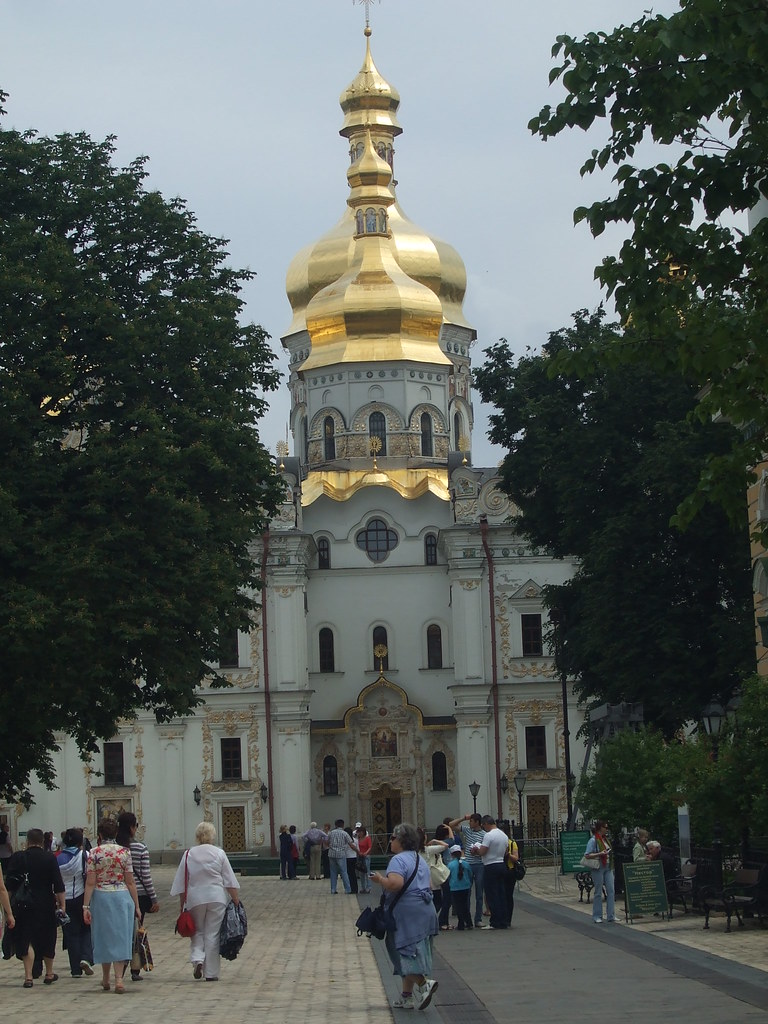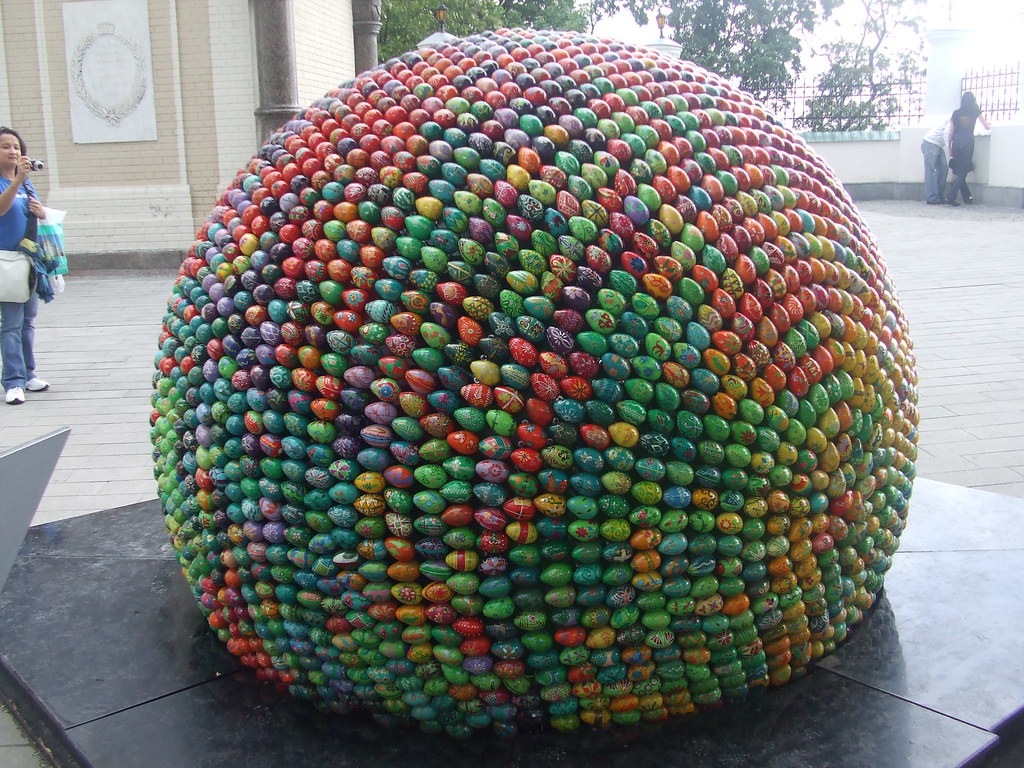Chernovtsy, Ukraine
>> 28 June 2010
The second week in the Ukraine (following a HOT overnight train ride) was interesting, as far as my camera was concerned. I had to edit out a portion of pictures because - this time by my own choice - I wanted to limit the posting of the faces of the people we were ministering to. They don't really know me and I don't really know them, so, you know.
As an aside, God love Flickr. For the last two months, I've let my WoW subscription lapse, what with not EVER being at my computer (yes, I'm a dork) so I gave in and went Pro-account for my photos. I want my travels to be available to all! And I want to learn to photograph better.
I was where now? Chernovtsy. South-west Ukraine.
Day two, we visited the homes of three different families with children who suffer from cerebral palsy (or similar). We saw serious signs of poverty vs wealth, but also the power of love and prayer among these families. I think day two may have been the hardest for many of us during this week.
Day three we visited a nursing home, where we handed out cookies (that was the job of the little girl pictured above) and participated in a worship service. None of these ministries were purely United Methodist, but the Chernovtsy UMC had a strong and active involvement in the community - and a surprisingly large congregation with which to be involved.
Anyway, I just think the above picture is adorable - she was hiding from the bee, and he decided to take a picture of it. Taken outside the nursing home.
The church that was hosting us also took us (and a portion of their congregation) on a picnic into the Capatians. The feel of the area was astoundingly familiar to me - it was the Balkans all over again.
Interesting Factoid: this region is only (relatively) recently Ukrainian. Originally, it was Romanian. In the early 1940s, it declared its independence, but it was shortly thereafter absorbed by the Soviets and "deemed" part of the Ukraine. To give you a reference, if you're a geography buff: Romania is south and south-west of Chernovtsy while Moldova is to the south-east.
Gorgeous. Insane sunburn, but well worth it. Sadly, this was also the week a number of people first came down with our Ukrainian plague (something respiratory is all I know), and this day specifically was when I first started getting it. Oy!
Lest I forget: sight-seeing! The town square of Chernovtsy had a LARGE monument-thingy celebrating 601 years of existence as a town. This statue is celebrating Taras Shevchenko, a famous Ukrainian probably best known for his poetry. Also, the word that looks like "YEPHIBUI" (if you can see it in the background) is the cyrillic spelling of Chernovtsy.
While there, we visited both a Catholic church and an Orthodox church. Chernovtsy, being further west, has a much larger population (historically) of Catholics than other parts of the Ukraine. Additionally, they also today have a larger percentage of "anti-Russia" feeling, following the fall of the Soviet Union.
Chernovtsy was once under the Austro-Hungarian Empire, and many parts of the city consequently reminded me of Innsbruck, Austria. If you're familiar with Western Europe, Chernovtsy would feel much more like home. To my eyes, the interior parts of the city survived Soviet rule better than many other areas we saw, though the outskirts were made up of predominantly Soviet architecture.
I'm showing my two favorite views of the city in the above picture, and then here, but for the photos including the two pictures, go to my Flickr photostream on Chernovtsy!
On our last day, before we caught the train out, we "broke in" to a living-museum type place. In many of the formerly-Soviet countries, holidays are designed to fall on Mondays, so often places like museums are closed on Sundays and Mondays, instead of Saturdays. The pastor of the host church "chatted" with the groundskeeper/caretaker, however (money talks well), and we were given a walk-through of the area, which included this 600 (400? ack, memory!) year old church. In all seriousness, it's not something we would usually do in America, but it didn't seem to be a "big deal" there, and the caretaker was extremely nice.
Speaking of money - about 50 UAH exchanged hands (if I remember right), which is the equivalent of perhaps $6.50, but it was "plenty." The exchange rate was 7.9UAH for $1, but that didn't tell the whole story. I was able to buy a personal pan pizza, a bottle of Pepsi, a small sundae, and a glass of juice for the equivalent of about $2.50. Everywhere we went in the Ukraine, things were like that.
While in Chernovtsy, we stayed with host families. Holly and I stayed with a four person family (though we never saw the eldest son). This was the mother - a wonderfully nice and caring woman - who spoke almost no English! She understood some, and the younger son spoke it well enough when he was around. Leana (spelling?) and her husband took us out to dinner one night for a traditional Ukrainian meal on a lake... Which ended up being Coke, deep-fried lake fish, and cheese grits! For myself, the only yankee in a family of southerners, and Holly, who IS a southerner, it felt like home!
Proof that I was actually there! I don't usually like pictures of myself, but this one is tolerable, anyway.
Holly and I were the only two to actually stay in an old Soviet-style apartment building. The apartment had clearly been updated and renovated, and the two balconies converted to walled in sunporches (where this photo was taken), but it was still interesting to see. In this case, the family of four shared three rooms, each designed to convert between a bedroom and living-room, as well as a kitchen and bathroom. Many families would have had (and might still have) a similar or smaller apartment for a larger number of people.
Week 3 should be up soon! Read more...




